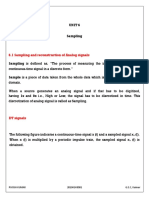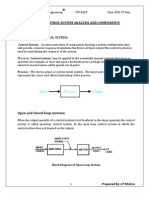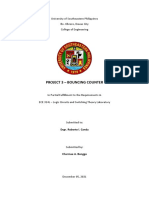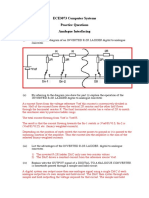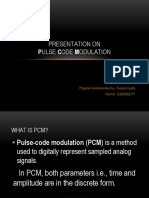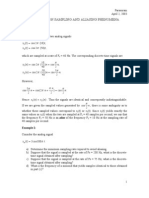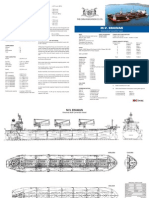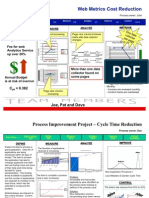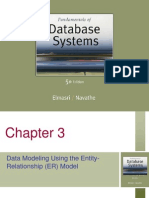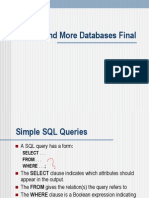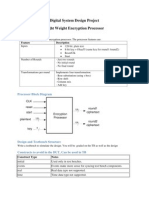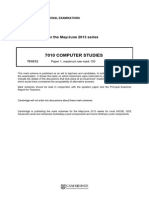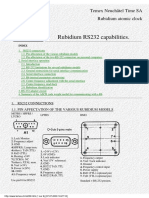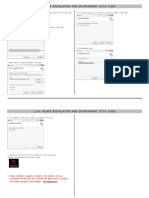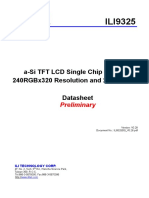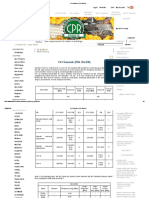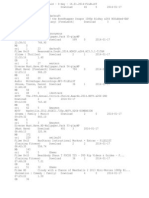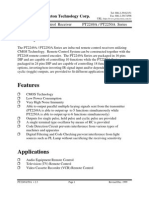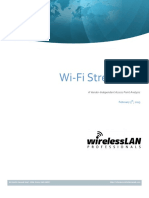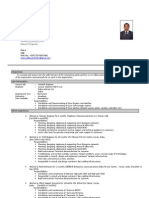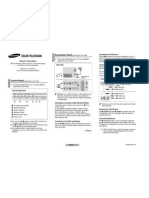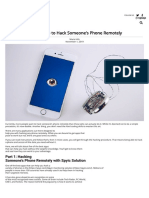100% found this document useful (2 votes)
552 views44 pagesData Communication - Digital Data Communication
Data communication
Chapter 6 Digital Data Communications Techniques
1
Data communication tasks
For two devices linked by transmission medium to exchange data this task requires a grate deal of cooperation and agreement between the two devices including:
Synchronization. Error detection. Error correction. Interfacing.
2
Asynchronous and Synchronous Transmission
timing problems require a mechanism to synchronize the transmitter and receiver
receiver samples stream at bit intervals if clocks
Uploaded by
Ahmad ShdifatCopyright
© Attribution Non-Commercial (BY-NC)
We take content rights seriously. If you suspect this is your content, claim it here.
Available Formats
Download as PPT, PDF, TXT or read online on Scribd
100% found this document useful (2 votes)
552 views44 pagesData Communication - Digital Data Communication
Data communication
Chapter 6 Digital Data Communications Techniques
1
Data communication tasks
For two devices linked by transmission medium to exchange data this task requires a grate deal of cooperation and agreement between the two devices including:
Synchronization. Error detection. Error correction. Interfacing.
2
Asynchronous and Synchronous Transmission
timing problems require a mechanism to synchronize the transmitter and receiver
receiver samples stream at bit intervals if clocks
Uploaded by
Ahmad ShdifatCopyright
© Attribution Non-Commercial (BY-NC)
We take content rights seriously. If you suspect this is your content, claim it here.
Available Formats
Download as PPT, PDF, TXT or read online on Scribd
/ 44








